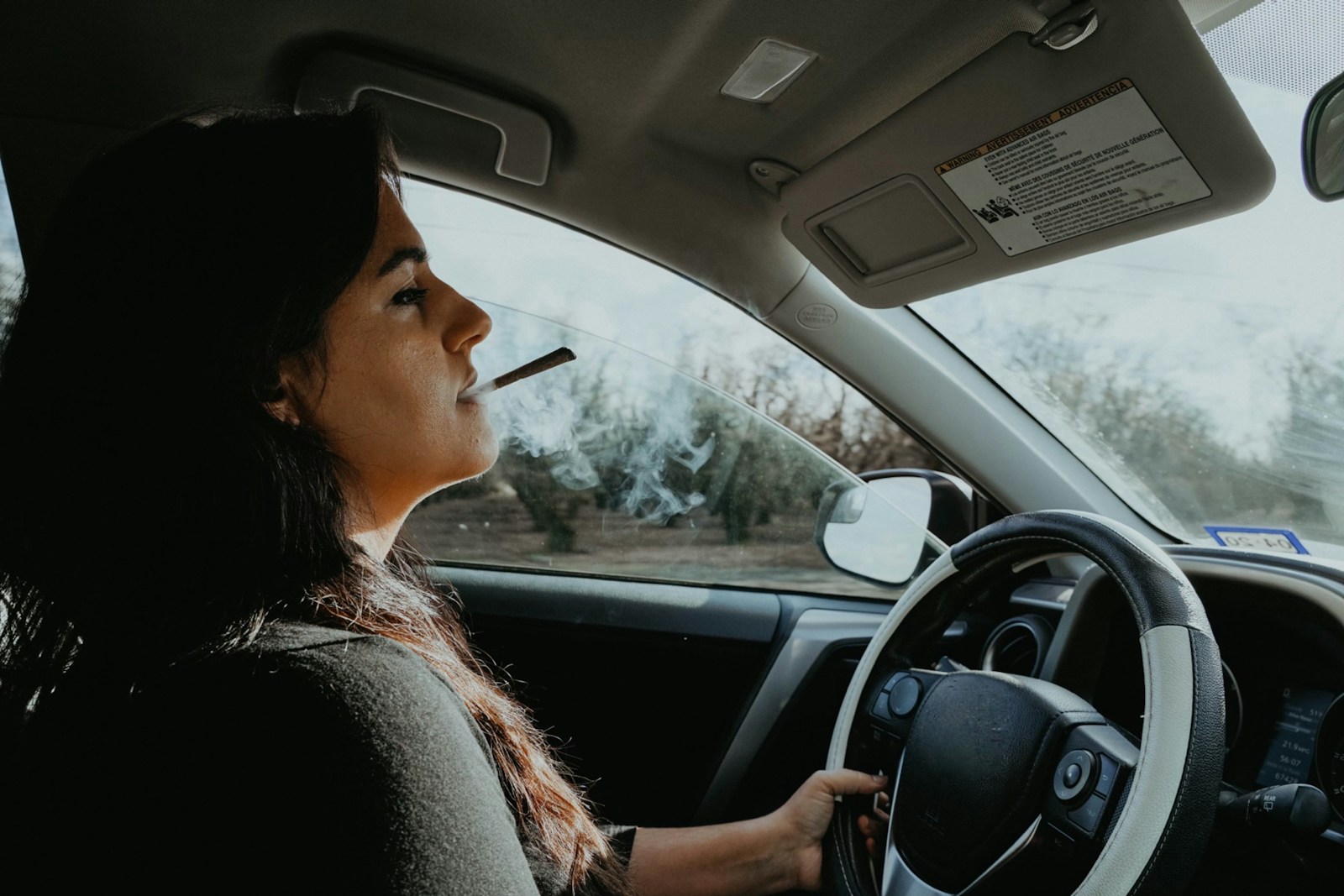When I got serious about rebuilding my driving record after a DUI conviction, I dove deep into every factor that could affect my new insurance rates. One oddball question kept popping up online: Does the color of your car make things worse after a DUI?

Short answer? Not really—but there’s more nuance, especially when you’re already flagged as a high-risk driver.
The Color Myth, Explained
Let’s get this out of the way first: insurance companies don’t directly factor in car color when calculating your premium. Whether you’re driving a fire-engine red sports car or a beige minivan, the base rate won’t change based on color alone.

That said, once you’re in DUI territory, every detail counts more. And in a few specific cases, color can influence how your risk profile is interpreted, indirectly.
How Car Color Might Matter After a DUI
Here’s where it gets interesting. While color isn’t a line item on your insurance quote, it can influence:

- Traffic stop frequency (yes, bright colors like red and yellow can draw more attention from law enforcement)
- Resale value, which affects claims in the event of a total loss
- Driver behavior assumptions based on make, model, and color combinations
If you’re driving a blacked-out sports coupe post-DUI, some underwriters may scrutinize your risk profile more closely, especially when paired with performance mods or a history of citations.
It’s not about the color alone—it’s how the color stacks with the perceived attitude of the driver.
What Actually Drives Your Post-DUI Rates

I talked to two agents and ran dozens of sample quotes. Here’s what actually matters:
| Factor | Impact on Rate |
|---|---|
| DUI on record | Extremely high |
| Time since conviction | Improves after 3–5 yrs |
| Type of car | Sport vs family |
| Annual mileage | More miles = more risk |
| Zip code | Urban = higher premium |
| Credit score (in some states) | Yes, it counts |
| Driver age and gender | Still significant |
Color doesn’t show up anywhere. But if you’re rebuilding after a DUI, the goal is stacking as many safe-driver signals as possible—and your car’s presentation might subtly affect that.
High-Risk Car Colors and Insurance: Anecdotal But Real?

There’s no hard data showing that red or black cars cost more to insure because of their color. But several insurance adjusters I’ve spoken with say red sports cars involved in accidents tend to result in more aggressive claims behavior—especially if the driver already has a DUI on file.
So while a white sedan won’t lower your rate directly, it sends a “safer” visual message when paired with a clean, steady driving pattern.
Rebuilding Your Record the Smart Way
After my DUI, here’s what worked for me:
- Took a defensive driving course – I got a small discount and it helped with reeducation.
- Chose a modest vehicle – A used hybrid sedan helped me reset the visual narrative.
- Avoided aftermarket mods – I waited until my rate dropped before adding roof racks or stereo upgrades.
- Maintained spotless behavior for 3 years – No tickets, no claims.
- Worked with an agent specializing in DUI policies – This helped me find the best company for my situation.
Final Thoughts
The color of your car won’t tank your insurance after a DUI, but it also won’t help rebuild your credibility either. After a conviction, your driving habits, car type, and coverage choices play a much bigger role in shaping your rates.
Still, if you’re shopping for a car post-DUI, there’s no harm in choosing something lower profile. Neutral colors like white, silver, or gray may not turn heads—but that’s exactly the point when you’re working to regain trust with your insurer.
You Might Also Be Interested In:
- How DUI Affects Car Insurance Renewal Rates
- Best Insurance for Roof Rack Modifications Under $30/month
- How Teen Boys Can Qualify for Good Student Discounts
If you’re trying to turn a DUI chapter into a clean slate, your car—and how you present it—is part of the narrative. Choose wisely, and your wallet will thank you later.
Let’s Talk Cars
Have a question? A suggestion? Just want to say hi?
You’re in the right place.
Use the form below to reach out to the AutoSpecs Daily team. We're happy to hear from readers, car lovers, first-time buyers, and anyone who's got something to share.
What can you contact us about?
- Feedback on one of our articles
- Ideas for new topics you'd like us to cover
- Questions about cars, gear, or general auto advice
- Media, partnership, or brand inquiries
- Anything else that's on your mind
We check every message that comes through and do our best to respond within 2 to 3 business days.
We don’t list an email address here to avoid spam, but the contact form is the best and fastest way to reach us.
Thanks for stopping by. We're glad you're here.

